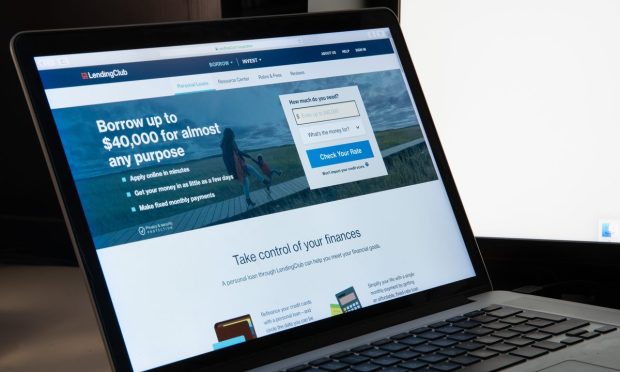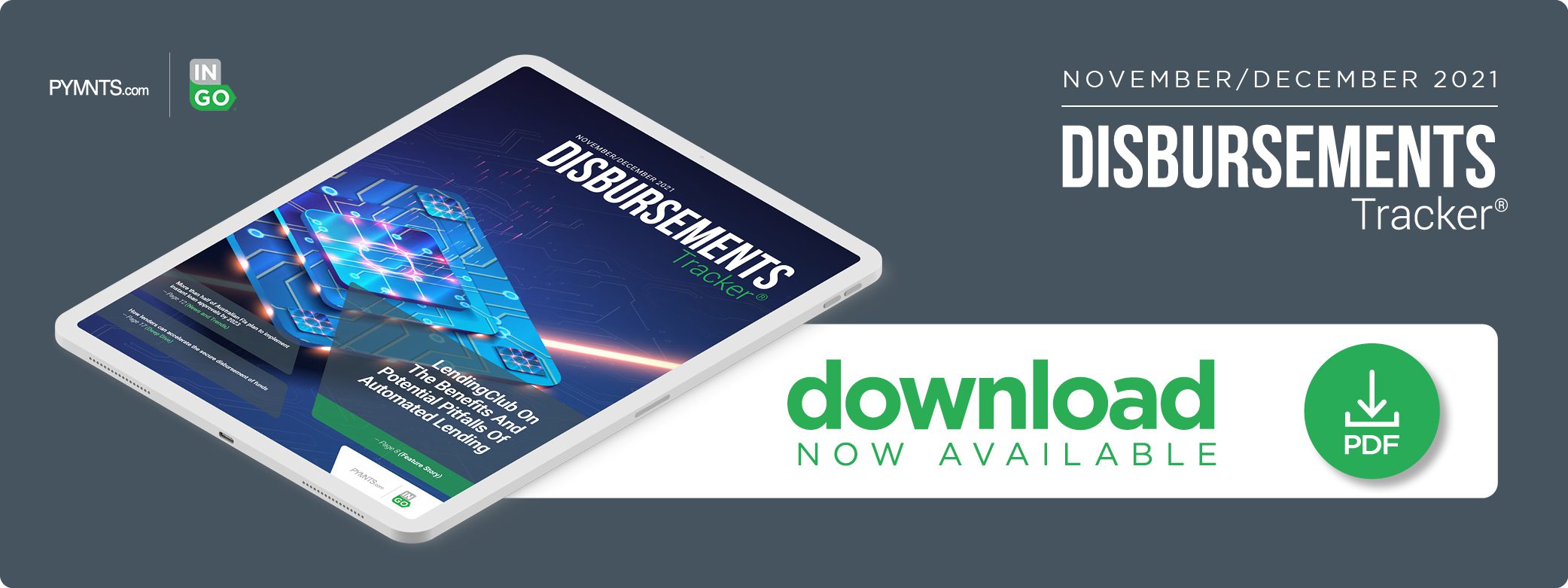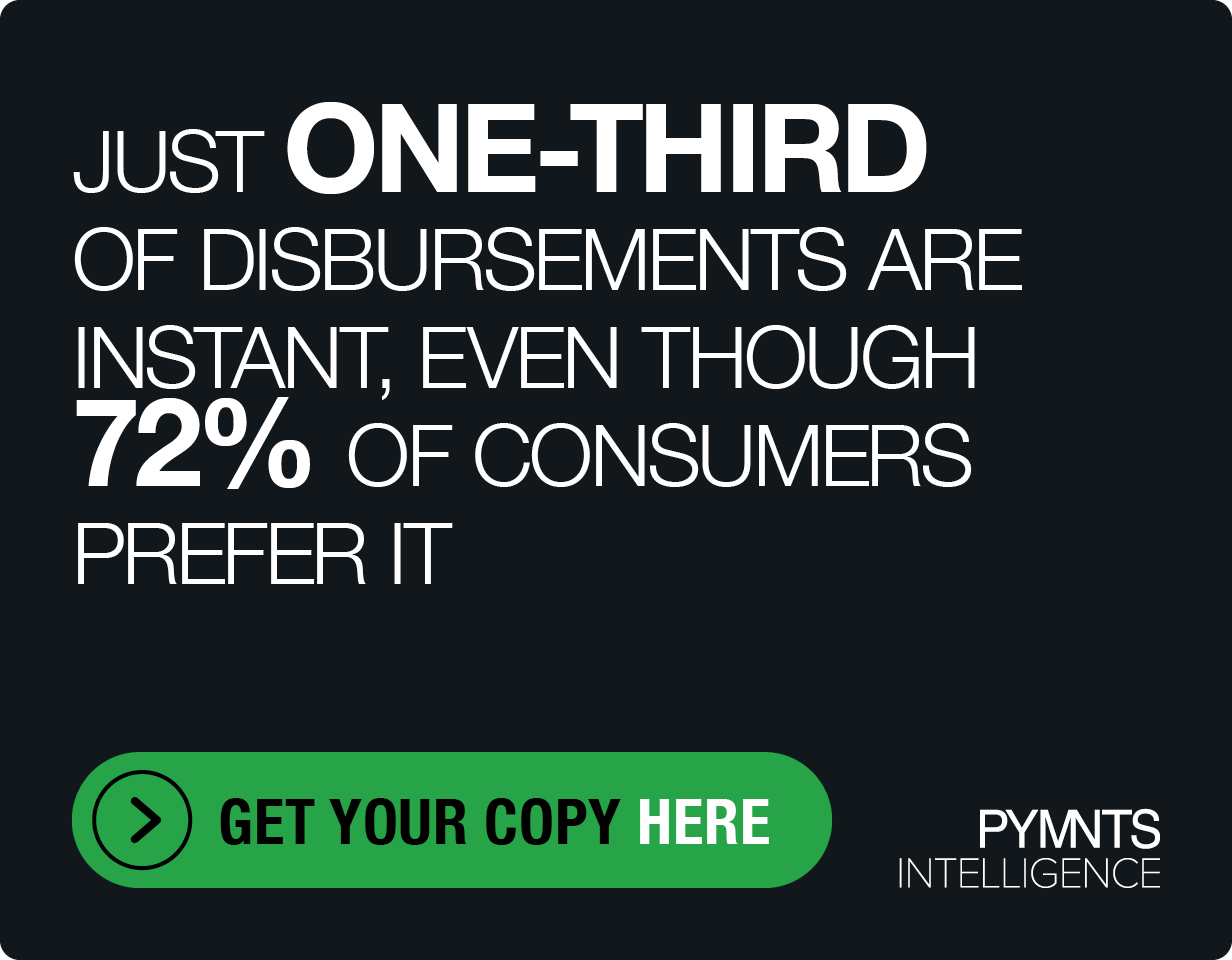LendingClub on the Benefits and Potential Pitfalls of Automated Lending

Personal loans were still a niche product when peer-to-peer (P2P) lending company LendingClub was founded in 2007. Today, PYMNTS’ research shows that 24% of U.S. consumers have used personal loans, with the popularity of these loans growing even more during the pandemic.
As consumers faced the financial crunch of the pandemic, they also increasingly sought debt repayment relief through hardship plans, under which borrowers could make interest-only payments or skip payments altogether. These plans placed added pressure on systems that were not designed for a sudden influx of such requests, according to Anuj Nayar, financial health officer at LendingClub. Rather than having borrowers spend hours on the phone, LendingClub developed a digital solution.
“First thing was just ensuring that we could make it very easy for people to apply for a range of plans as their financial circumstances change, to ensure that they got what they needed with an easy online service,” he said. “We were one of the first to implement the idea that you could apply for a hardship plan online.”
Nayar said approximately 12% of the company’s loan base applied for hardship plans at the height of the pandemic. That number is now down to approximately 1%. At the same time, rather than consolidating credit card debt — the service LendingClub is most known for — many applicants are seeking personal loans for personal and professional expenses, such as creating home offices. This dynamic lending landscape requires data-driven solutions that can quickly adapt to new shifts.
Speeding the Loan Approval Process
Even before the pandemic, online and mobile options changed how people conducted business. The events of 2020 sped up that transition, and the financial industry was slow to catch up.
“Retail is now mainly online, especially during the pandemic,” Nayar said. “Booking a taxi is an online service. All these things have changed, but banking has not been fundamentally rebuilt from the ground up until now.”
With a Net Promoter Score (NPS) of 78, LendingClub attributes its customer satisfaction to helping customers eliminate credit card debt, as well as to having nearly half of its employees in customer support roles. A survey showed that live, personal service combined with digital self-service speeds up the loan approval process, for example. Nayar said approximately half of the company’s customers return to LendingClub for additional loans. Customer satisfaction brings borrowers back, but so does a faster approval process. Because of its digital lending approach, LendingClub can use data already collected on existing customers to approve returning applicants more quickly.
“The buzzwords are [artificial intelligence (AI) and machine learning (ML)] and all that stuff, but we are doing a billion dollars of loans a month,” he said. “You couldn’t do that amount if you weren’t using the latest technology. We have what we think is one of the largest data sets of any of our peer sets. We have something like 150 billion cells of data on our customer base built up.”
The data offers insights into consumer credit behavior through varying credit environments. Coupled with constant testing and evaluating everything from marketing to servicing loans and even managing fraud, this data helps LendingClub meet customer needs while mitigating risk.
According to Nayar, the three main things borrowers want to know are: will they get the money, when will they get the money and how much will the loan cost them? Whether applying for an auto loan or a personal loan, quickly receiving the money is important to borrowers across the board. Products such as balance transfer, in which money is electronically disbursed directly to a creditor, help make the process move more quickly and approvals easier by mitigating the risk of sending money directly to a borrower.
With an unknown risk environment at the start of the pandemic, LendingClub focused on its known customer base, cutting back loan origination by approximately 90%. That slowdown gave the company time to dig into systems and data. Now back to pre-pandemic lending levels, LendingClub has automated approximately 80% of its loans. Approvals for those loans can happen in hours, with disbursements made to borrowers within a day or two.
Mitigating Disparate Impact From Automated Approvals
Automation has brought speed and convenience, but it also has introduced potential pitfalls. In the past, minorities or other disadvantaged groups may have faced prejudicial decisions from loan officers. Now, lenders face the challenge of ensuring their algorithms do not inadvertently discriminate.
“How do you manage speed and simplicity against ensuring that you are not, unfortunately, not through intent, but actions, creating something that is for some reason unfairly inhibiting a particular protected class?” Nayar said. “You can do stuff fast, but are you also making sure you’re doing it fair?”
It is possible, as technology advances, that a FinTech may not be able to articulate why its automated process gave different rates to different borrowers, Nayar said. If a human made the decision, there would be recourse for apparent prejudice, but a lender may not know where to start to ensure an automated process is not discriminating.
“That’s not OK,” he said. “We need to be able to make sure that we are not — even unintentionally — driving some of this stuff.”
LendingClub recently joined the National Community Reinvestment Coalition (NCRC) and other FinTech firms in asking the Consumer Financial Protection Bureau (CFPB) to weigh in on lenders’ obligations to ensure against disparate impacts.
“I do think it’s an important point, as you’re thinking about speed and simplicity, to also consider fairness,” Nayar said.

